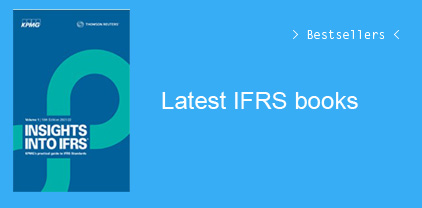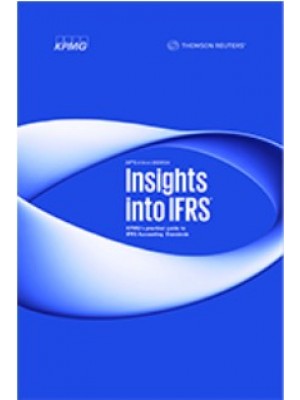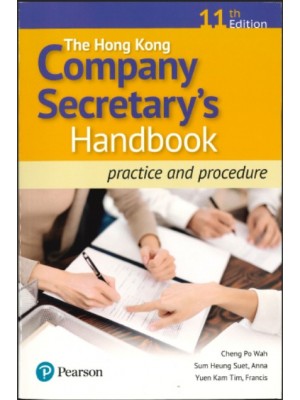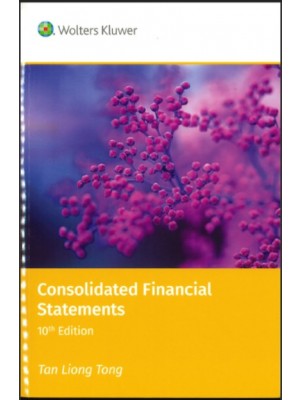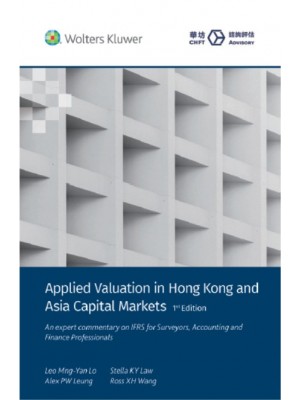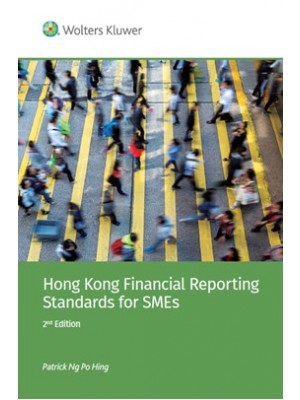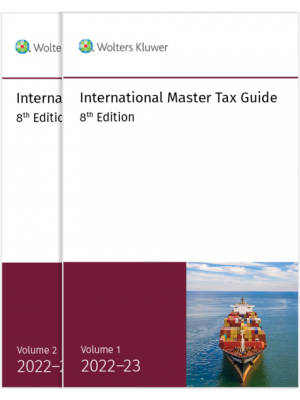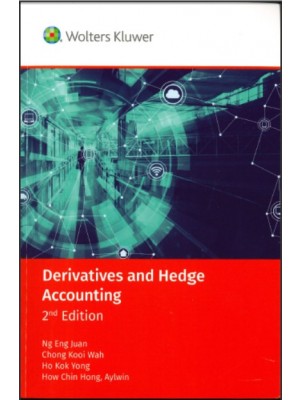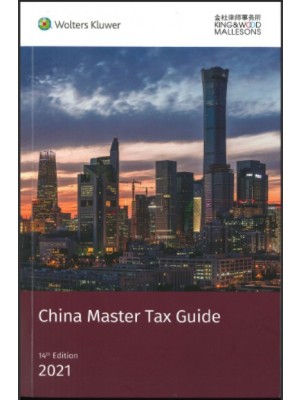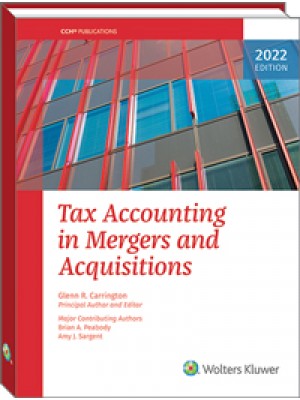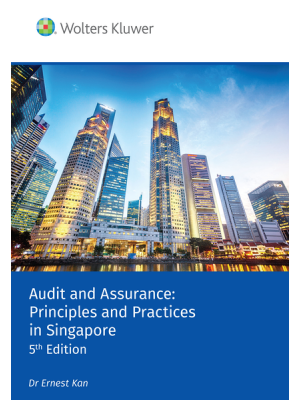List of Figures xi
List of Tables xiii
Acknowledgements xv
Foreword And Introduction xvii
Chapter 1
From Antiquity to Modern Times; Monetary Development Over 5000 Years. What History Explains and Comparison within New Contexts 1
The Origin of Money; From Antiquity to Modern Times 1
A Metallic System Allowing Intrinsic Measurement
Stamping: Ingots to Coinage 2
Grounding the Guarantees of Stamping: From an All-Metallic
System to Paper Bills 3
The Rise and Fall of Civilizations 5
What Can We Learn from Ancient and More Modern History? 9
Questions and Answers 11
Chapter 2
Modern Times – Liberation and Growth of the Money Supply. The Facts Presented in Monetary Units and Resulting Regulatory Needs 13
Monetary Evolution Backed by Economic Growth 14
Development of a Global Financial Market Economy 15
Citizens Emerging in the Process of Financialization 20
The Realities 20
Causes Underlying Emerging Macroeconomic Realities 22
Resulting Needs for Standardization, Regulation and Supervision 23
Questions and Answers 25
Chapter 3
Past and 21st-Century Money Analysis 27
Defining “Today’s Money” 27
Money Defined by its Functionality 27
The First Function: Price Setting –Money as a Measurement Standard ]Based Source of Information 29
The Second Function: A Payment and Trading Instrument 36
The Third Function: A Reserve 36
Links between Monetary Functions 37
The Intrinsic Definition of Money 38
A Trifunctional Monetary Support System 38
How To Ground Trust In Money: Audited Financial Statements For Government and Central Banks 43
Seignorage and the Privilege of Issuing and Stamping Money 43
Traditional Seignorage in General 43
The Modern Seignorage Privilege 44
Legal Tender and Seignorage 47
Evolution of Money into a Segregated Intermediation Tool with Imprecise Frontiers 47
Linguistic Definition of the Word “Money” 47
Money Today 48
The Demise of Traditional Conceptual Approaches 50
The Operational Scope of Money and its Use 52
The Extension of Money with Disintermediation 53
Direct Financing and Hedging of Risk 53
Replacement of Bank Loan Financing by Securitization and the Impact of Pro-cyclical Effects 54
The Origin of Securitization 54
The Securitization Concept and Its Implementation 56
Securitization Financing via Trust-Derived “Shadow Capital” Originating from Retirement Accounts, Direct Savings and Trade Deficits 58
Guarantees on Receivables: A Securitization Multiplier 59
Extending the Field of Debts and Guarantees 60
Deviations from Effective Risk Control: The CDS Case 61
Towards the Full Liberation of Money from Any Referential 62
Guarantees and the Extension of Monetary Instruments Liberated from Unified Backing and Issuance Constraints 64
Monetary Effects of Guarantees 65
Shadow or Parallel Banking Systems 65
Before Accounting for Any Transaction –The Sampling Topic. The Mix Up between Numbers and Formulae 70
Questions and Answers 72
Chapter 4
The Contemporary Basis for Money Expression: Accounting Ledgers 77
Book Balances are Either Money or Potential Money 77
A Single Worldwide Language; Accounting and Financial Statements 78
The Consistency-Based Principle of Bookkeeping 78
The “Double-Posting” Principle 79
Consequences of the Basic Accounting Principles 80
Concepts and Rules to Report Exchanges and Determine the Image of Financial Statements 81
The Image Presented by Financial Statements Influences the Analysis of Economic Data and Transactional Exchanges 88
Direct Systematic Impact of Accounting Standards 91
Double-Entry Consequence 91
Value Consequence 91
Where Misleading Standards Generate Distorted Images 91
Valuation Incertitude in Accounting Standards 91
The Appraisal Spark Plug that Drives a Continued “Fair Value” Crisis 92
Monetary Aspects of Financial Statements 93
The Necessary Approach in Accounting: A Hierarchy of Dangerousness 95
Degrees of Contagion (“Interconnection”) 96
The Fair Value Conceptual Mistake Contributes to Instability and Distrust 97
A Need for Mathematical Approaches 98
Questions and Answers 99
Chapter 5
The Regulation and Observation Limits Already Accepted, Compared with the Realities of Modern Exchanges 103
Monetary Regulation and Follow-up 103
A Retrospective Analysis of Classic Money in Operation 103
Governmental and Central Bank Monetary Operations 104
Inception, Monopolies and Measurement Aggregates as Classical Mechanisms for Issuing Money 104
Traditional Monetary Aggregates 105
Monetary Aggregates in Central Banks 106
Accepted Concepts that Complement Traditional Monetary Analysis – Limits and Evolution 107
From the Known Money Multiplier through the Banking System to a New Perspective 107
Traditional Regulatory Measures to Ensure Banks’ Stability Limits 109
Money Issuance through Central Bank Interventions 109
The Investment Multiplier 110
Following Up on Regulating Money Issuance in a Changed Economic Environment. Monetary Supervision: An Ancient Question 111
The Present-Day Non-utility of Classical Aggregates 112
New Forms of Monetary Exchange 114
The Driving Role of Monetary Velocity 118
Are Central Banks Prerequisite Institutions that Should Remain Independent from Sovereign Authority? 120
New Policies to Stabilize the Banking System 125
The Insufficiencies of the Current System for Satisfying Information Needs 125
Questions and Answers 126
Chapter 6
Redefining the Monetary System and Measurements of Monetary Flow – Towards M5 and M6 129
At the Core of the Issue: The Definition of Currency 132
The New Environment: Broadening the Definition of Currency 133
New Monetary Aggregates Define Extended Concepts of Money 135
Defining New Classes of Monetary Aggregates: M5 and M6 135
M5/M6 and their Derivatives M5 ′/M6′ : Determining Definitions and Uses 137
Segregation and Derived Aggregates: M5′ and M6′ 140
The Utility of M5 and M6 Aggregates 142
From a Practical Point of View, What are the Data Limitations for Determining the Values of New Monetary Aggregates? 142
What Information Will These New Aggregates Yield? 142
A New Aggregated Conceptual Approach Allowing Operational Transactions and Financial Ones to be Reconciled 143
The Resulting Breakthrough 143
Defining New Money – The Difference Between Shadow Banking Money, Virtual Money and the New Aggregates 145
Legal Segregation between Different Types of Money, Depending on Underlying Guarantees and Transferability 145
Shadow Banking is Different from Virtual Money 146
Questions and Answers 146
Chapter 7
The Monetary System 149
International Exchanges – Interactions and Monetary Zone Coherence 149
General Framework 150
Description of the Current Operational System: Distinction between National and International Systems 151
The Current International System 152
The International Set-up 152
The International Monetary Fund 153
The Bank for International Settlements 157
The World Bank Group 158
The World Trade Organization 159
International Coordination 160
G5 to G20 160
The G20’s Reasons to Exist 160
The Coordination of Goals Assigned to the G20 161
Troika 161
Micro- and Macro-prudential Surveillance Agencies’ Framework 162
Coordination Issues Inside the Eurozone as Opposed to International 167
The European Stability Mechanism and the European Central Bank 167
The Banking Union 169
The Fiscal Policy Coordination Issue Compared with the USA 173
The Growing Issues of the Size of the Monetary Zones –Research for Optimum 175
The Monetary Interaction of Systems 178
General Interaction: Scale Economies Resulting from Monetary Integration and Political Obstacles 178
International Microeconomic Regulation Coordination Specifics 178
Transnational Realities about Financial Instruments’ Markets and Systemic Risk Measurement 180
Handling the Social Obstacles of Monetary Unification 181
The Answer to Heterogeneity 181
Europe and the USA 182
The US Answer to Inequalities 182
The EU Answer to Inequalities 182
The General Monetary Policy on Both Sides: Reinforce Equity, Regulate Transparency –A Dead End 184
The Disputed Strategy: Addressing Macroeconomic Imbalances 186
Allocated Roles and Goals in the International Monetary Set-up 188
Today’s International Situation and Issues 189
Questions and Answers 190
Chapter 8
What is the Conceptual Essence of Contractual Money, Constraints and Implications? 193
The Intrinsic New Conceptual Views on Money 193
Resilient Open Questions in a New Environment 196
Stability and Guarantees 198
Money as a Measurement Instrument: The Need for Stability 198
Money Guarantees and Trust 200
One Key Consequence of the New Set-up: The Final Trap 202
The Emergence of a New Seignorage 204
Spreading the Seignorage Rights between Chartered Financial Institutions Accepted to Trade Instruments and the Central Banks’ Right to Drive Values 204
Social Roles of Money: Transferable, Reserve or Bubble? How to Determine Sociological Thresholds from Different Dimensions 205
Modelling the Monetary Windbag Analysis 207
A Tentative Formula: STD (Serval-Tranie-Douady) 208
Debt versus Equity Instruments: The Need for Big Data 211
Questions and Answers 211
Chapter 9
The New Nature of Money in Electronic Times 215
New Horizons Concerning Exchanges, Time and Guarantees 216
Time: A Different Dimension 221
Social Time and Anticipation 222
Speed Efficiency, Risks and Market Switches 223
Transparency Effect and Risk of Centralization: The CCP Example 223
Money Accumulations and Interactions 224
From Excessive Accumulation Derives Non-level Playing Fields 224
Determining the Appropriate Amounts of Accumulation 226
The Paradox of Availability of Money Masses as a Policy Tool for their Holders 227
The Implosion Risk of the Money Trap 227
Questions and Answers 228
Conclusion 231
Glossary 241
References 247
Selected Articles 253
List of Monetary Central Institutions and Others (International and National) with Websites 257
Index 265


